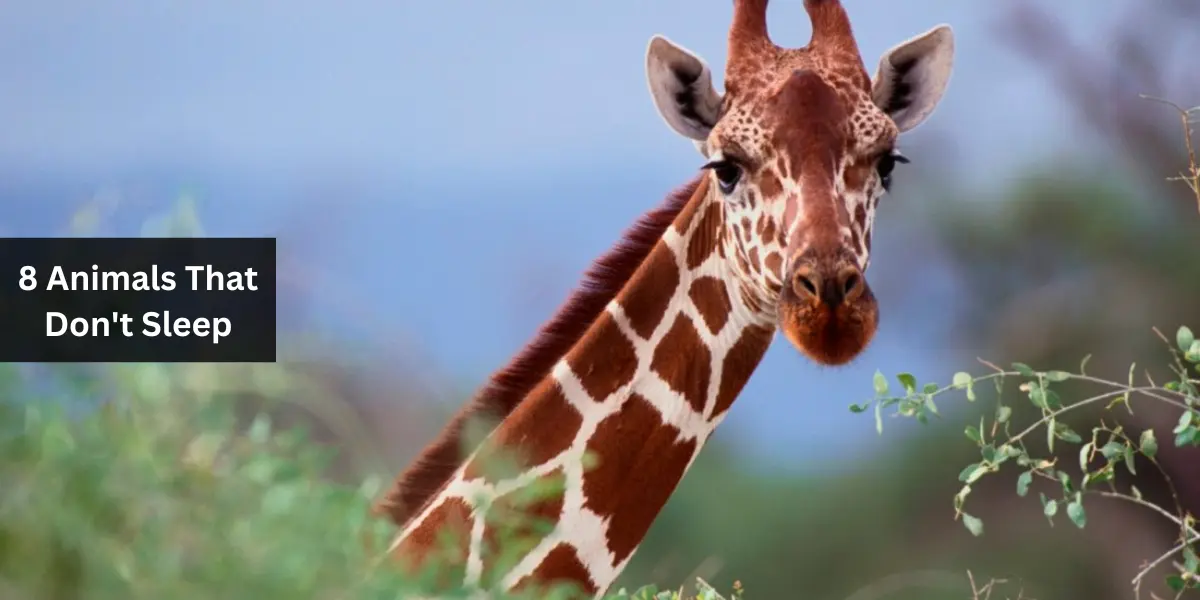In the vast tapestry of nature, sleep serves as a fundamental process for rejuvenation and survival. However, not all creatures adhere to the shut-eye routine familiar to humans. Some animals have evolved remarkable adaptations that challenge our understanding of rest. Here, we uncover eight animals renowned for their unique approaches to rest, revealing the extraordinary ways life thrives across our planet.
1. The Mystifying Sharks: Swimming Slumber
Continuous Movement

Sharks, particularly the great white, have long fascinated us with their apparent tirelessness. Many species must keep moving to facilitate water flow over their gills for oxygen. So, how do they rest? Some sharks engage in a form of sleep swimming, where parts of their brain remain active to sustain movement while other parts catch a break.
2. The Graceful Giraffes: The Short Sleepers
Brief Rests
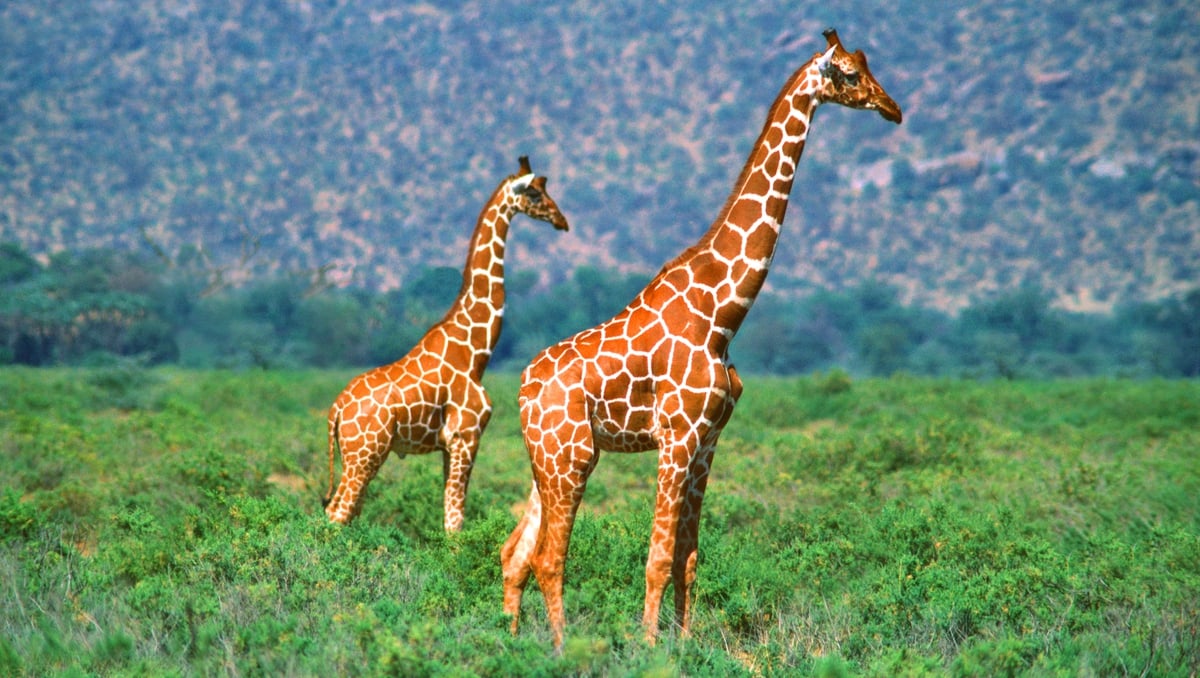
Giraffes might tower above the savannah, but when it comes to sleep, they keep it minimal. These gentle giants take quick naps, totaling just a few hours a day, often standing up. Their short sleep cycles are thought to be an adaptation to their environment, where staying alert helps them avoid predators.
3. The Busy Bees: Restless Workers
Inactivity Periods

Bees are the epitome of industriousness, with their lives seemingly in constant motion. However, bees do have periods of inactivity that serve as their rest, though not sleep in the human sense. These moments allow them to conserve energy for their next bout of foraging or hive maintenance.
4. The Majestic Elephants: The Light Sleepers
Minimalist Rest
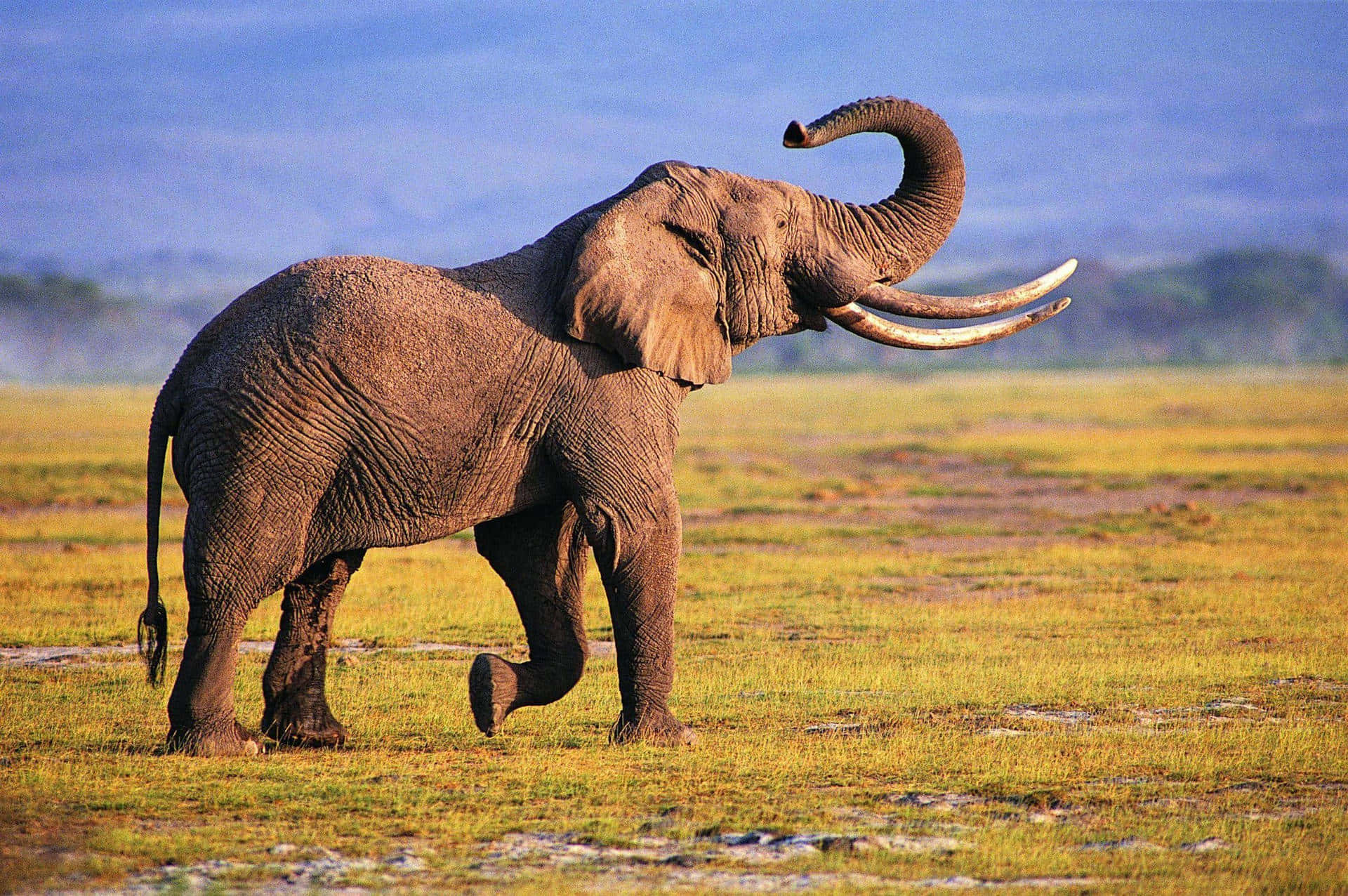
Elephants, both African and Asian species, are known for their surprisingly light sleep requirements. They can sleep standing up and tend to have short, sporadic naps. This behavior is partly due to their need to consume large amounts of food, leaving less time for lengthy slumbers.
5. The Dynamic Dolphins: Half-Brain Rest
Unihemispheric Slow-Wave Sleep
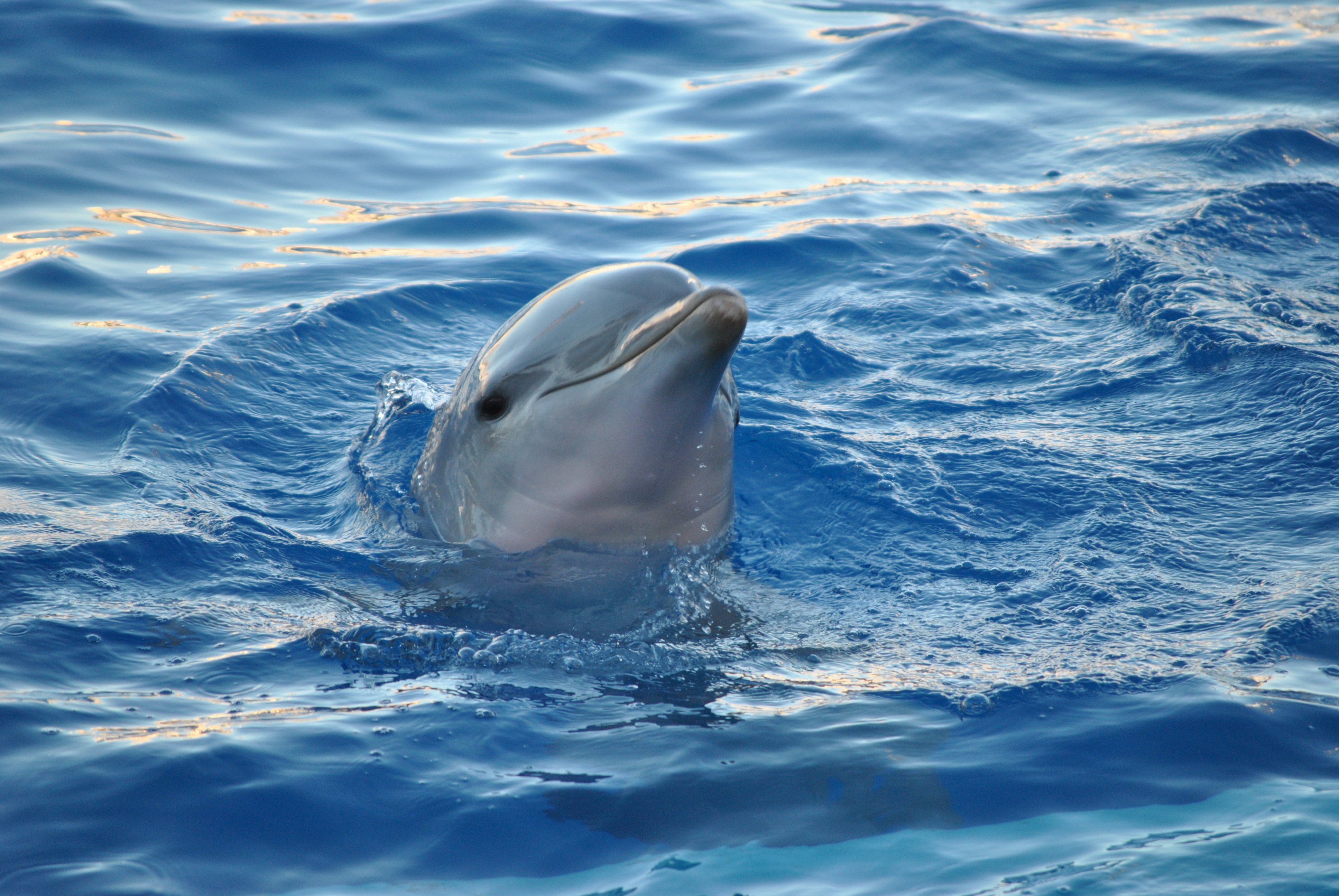
Dolphins showcase one of nature’s most fascinating sleep adaptations. They rest one hemisphere of their brain at a time, allowing them to maintain enough consciousness to breathe and watch for threats. This remarkable ability ensures they remain alert to their surroundings even while resting.
6. The Migratory Birds: The Sky Sleepers
Microsleeps on the Wing
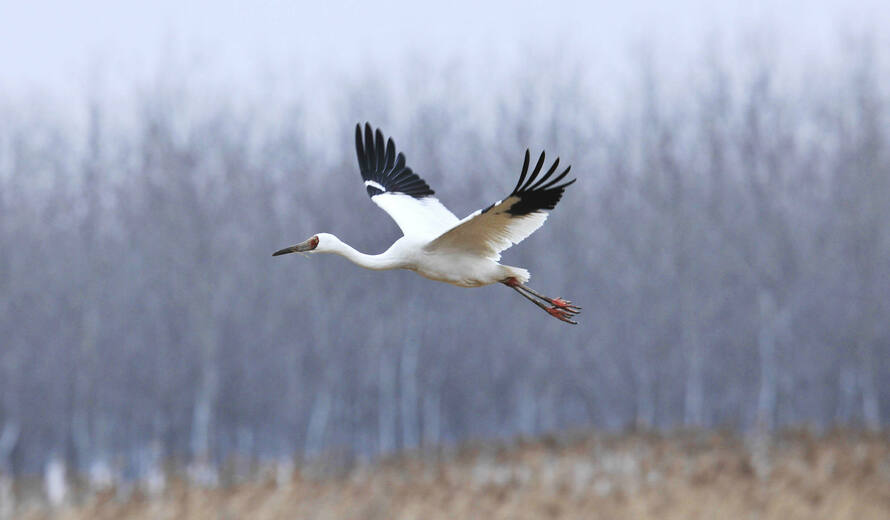
Some migratory birds, such as the alpine swift, are known to take microsleeps while flying. These brief naps allow them to rest without landing, enabling them to complete their long migratory journeys. The exact mechanics are still under study, but it’s a testament to the incredible endurance of these avian travelers.
7. The Resilient Bullfrogs: The Vigilant Resters
Low Activity States
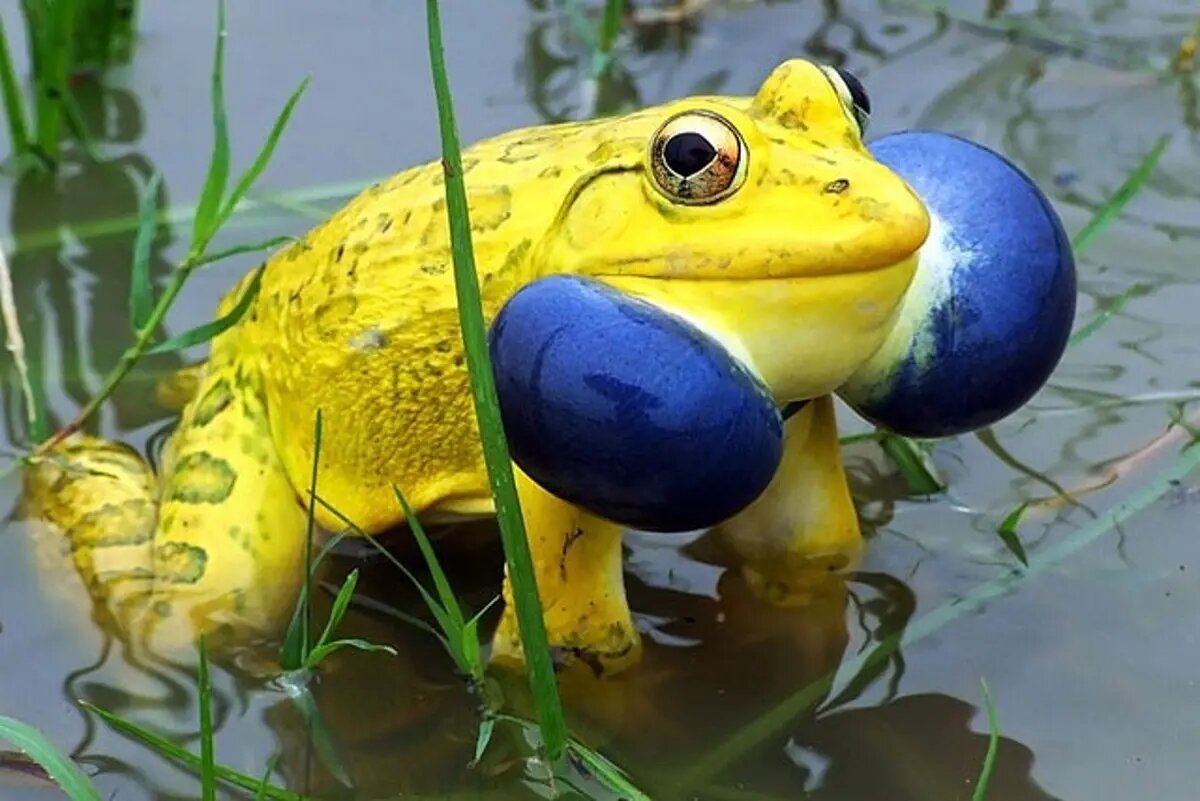
Bullfrogs have led researchers to question whether they sleep at all, as they seem to always remain alert to potential threats and opportunities. While they do enter states of lower activity, these periods don’t resemble the sleep patterns seen in many other animals, suggesting a unique form of rest.
8. The Enigmatic Walruses: The Floating Resters
Aquatic Slumbers

Walruses have an unusual method of resting by floating in water, sometimes even hooking their tusks onto ice floes to keep stable. They can sleep in the water or on land, but their ability to rest while afloat highlights another innovative adaptation to the animal kingdom’s demands.
Conclusion: The Diversity of Rest in the Animal Kingdom
The animal kingdom thrives on diversity, and the various adaptations for rest and sleep are no exception. From sharks’ sleep swimming to dolphins’ half-brain rest, each of these eight animals demonstrates the remarkable ways in which life has evolved to meet the challenges of survival. Their unique behaviors remind us of the complexity of nature and the many mysteries that still await discovery.
FAQs
Q1: Do any animals not sleep at all?
All animals have some form of rest, but not all experience sleep in the way humans understand it. The definition of sleep can vary widely across species.
Q2: How do scientists study sleep in animals?
Researchers use a combination of observation, tracking devices, and sometimes even brain activity monitoring to study how different animals rest.
Q3: Why do some animals sleep so little?
Animals with minimal sleep requirements have often evolved this way due to environmental pressures, such as the need to avoid predators or search for food.
Q4: Can animals dream?
Some animals, especially those that enter REM (Rapid Eye Movement) sleep, are believed to have the capacity for dreams, though the content and nature of these dreams remain a subject of scientific speculation.
Q5: How do aquatic mammals manage to breathe while sleeping?
Aquatic mammals like dolphins have adapted to sleep in a way that allows part of their brain to stay awake, controlling their breathing and maintaining enough consciousness to surface for air.

